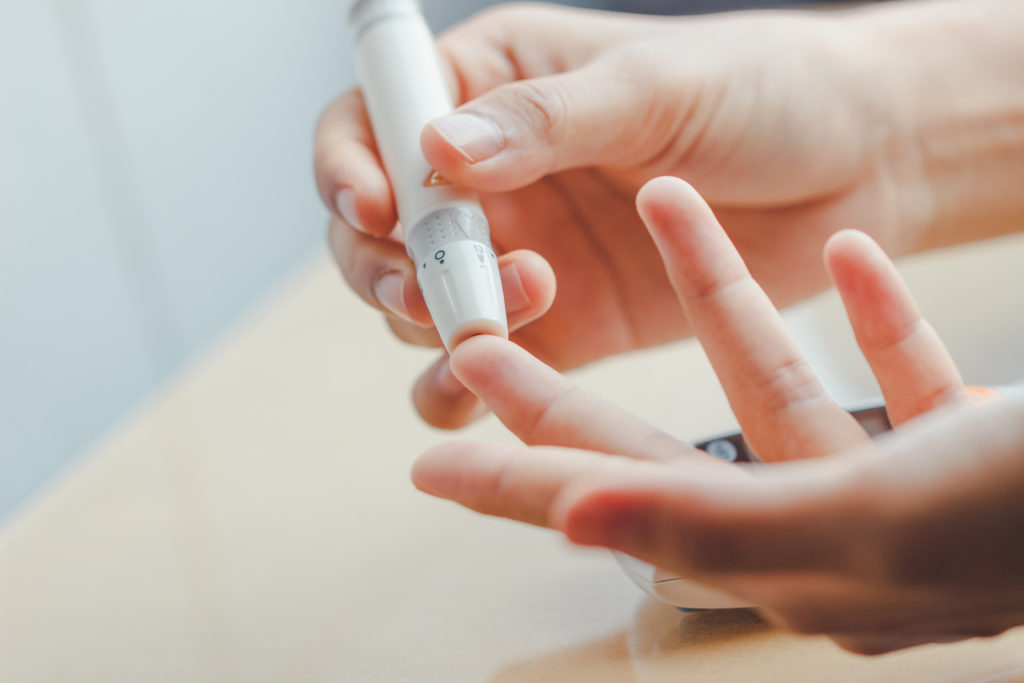
什么是“三高”?
“三高”指的是高血压、高胆固醇和高血糖(糖尿病)。这些疾病通常与中心性肥胖一起存在,被称为代谢综合征。
这三种疾病的原因是什么?为什么它们危险?
目前的理解是代谢综合征的根本原因是人体内营养过剩,导致胰岛素抵抗。当这种情况发生时,身体无法有效利用其能量储备和营养。循环中不健康的脂肪和糖含量升高会促使身体内大血管和小血管受损。
如果您患有代谢综合征中的一种或多种疾病,它们可以独立或相互叠加增加患心脏病、中风、肾衰竭和失明的终生风险。
发展这些疾病的风险因素是什么?
有一些因素可能会增加您患上“三高”或代谢综合征的可能性。
年龄
我们年龄越大,患代谢综合征的可能性就越大。
遗传
如果您有患“三高”的近亲,您患代谢综合征的可能性更大,部分原因是您共享的基因。然而,这也可能是由于您成长环境和生活方式相似。
生活方式
除了遗传因素,生活方式也在减少患“三高”风险方面发挥着关键作用。摄入高热量和高脂肪饮食,加上久坐和压力大的生活方式,会导致更多的营养物质积累并在腹部储存更多脂肪。
吸烟
吸烟不仅是一种不健康的习惯,也是世界上主要的死因之一,它还会促使炎症并加速对血管的损伤。

管理或预防“三高”可采取的实际步骤
早期开始 - 了解并管理您的风险。
- 掌握您的体重和腰围情况。尽量保持BMI在18.5-23.0的健康范围内。
- 按照医生建议定期进行健康检查。
- 使用糖尿病风险评估计算器评估您的糖尿病风险。
- 与医生讨论您患心脏病的终生风险。
付出努力
- 努力完成个人任务,如积极参与活动并密切关注饮食,特别是碳水化合物部分。
- 专注于保持腰围苗条的运动和活动,如慢跑、散步、游泳甚至打扫房子。
- 减轻压力。具有A型人格(高度竞争和自我批评)的人患心脏病的可能性更高,因为压力会提高血压。您可以通过运动来平复情绪,一举两得。
寻求帮助(如果需要)
- 对于更具挑战性的任务,如戒烟或控制现有疾病,您应考虑选择戒烟支持团体、定期接受医疗随访并遵守药物治疗、参加结构化减重计划,或者如果您的BMI过高,考虑进行肥胖手术。
- 利用技术来增强您的健康。如果您是糖尿病前期患者或有高发糖尿病风险,考虑使用实时连续血糖监测设备,帮助了解血糖的日常波动。
- 设置提醒并通过应用程序跟踪您的血压读数,将这些信息传输给您的医疗专业人员。
- 咨询营养师(可以是虚拟的)并了解您的饮食情况以及可以改进的地方,以增强您的新陈代谢。





